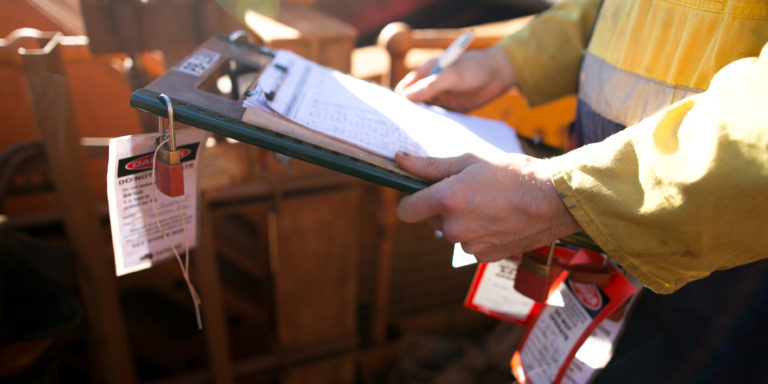The basic premise of performing safe maintenance and service work on equipment or machinery is to ensure that authorized employees can complete their task without fear or concern of accidental start-up. Inadvertent energization of equipment or machinery prior to task completion can result in serious or sometimes fatal injuries.
To prevent an inadvertent energization of equipment, its power supply must be de-energized and isolated which is commonly referred to as Lock-Out. This means that a physical lock is placed on a de-energized electrical system, placing the system into a “safe mode”. Energy-isolating devices (locks) are used to prevent the system from being turned on. Once a lock is in place, the worker must then verify that the hazardous energy source has been effectively isolated.
Each personal energy-isolating device that is placed on a system must have a unique mark or identification tag on it, to identify it as belonging to the worker to whom it is assigned to. This process is referred to as tagging out or simply, Tag-Out. These tags are part of the labeling process that indicates the reason for the lock-out, the time of application and the name of the authorized person to which the tag and lock belong to.
A few key points to remember before undertaking electrical work:
- Be sure that employees are authorized, trained and competent in LOTO procedures prior to performing work.
- Once all locks and tags have been applied to a system, properly calibrated verification meters must be used to identify that the system is safe and in a zero-energy state.
Only authorized individuals, as identified on lockout tags are permitted to remove the lock and tag once work is complete.
